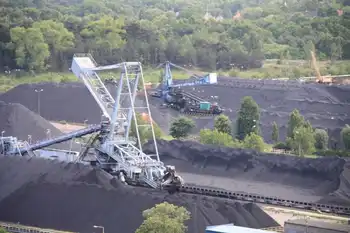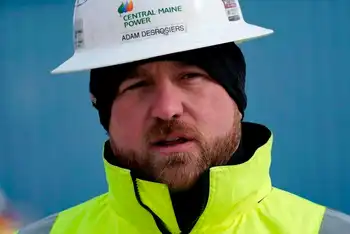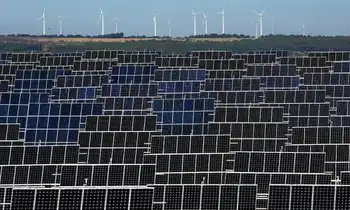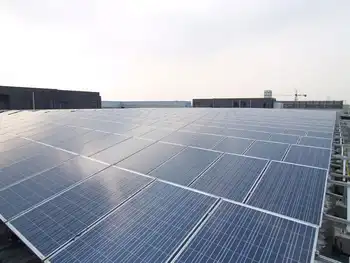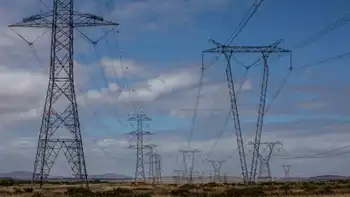China^^s nuclear fuel reprocessing technology set for 2021
By Industrial Info Resources
NFPA 70e Training
Our customized live online or in‑person group training can be delivered to your staff at your location.

- Live Online
- 6 hours Instructor-led
- Group Training Available
CNNC says it will take at least a decade for China to begin the large-scale industrial application of spent fuel processing technology, which could be the solution to any uranium supply shortage. The company's target year for the technology to take commercial and industrial effect is now 2021. This is far enough ahead for the uranium mining industry and the nuclear power industry to consider the claims made for the process and decide on market strategies for uranium supply.
CNNC, is China's major nuclear power developer is targeting 16,000 MW of nuclear power installed and in operation by 2015, and a further 20,000 MW under construction by the same year. The company plans to invest $122 billion in nuclear power projects by 2021. This is in line with China's plans to increase installed nuclear power capacity to 40,000 MW by 2020 from the current 9,000 MW. With this scale of nuclear project building in the pipeline, the supporting supply chain of uranium is a matter of primary concern. China already is securing supply sources globally and backing the positive outcome of the fuel reprocessing technology. China's demand for uranium will be 20,000 tons per annum by 2020, of which local mines can supply just more than 10. Multiply the latter percentage by 60, and the desire for success of the new fuel technology is self evident.
The scale of some of the projects in the pipeline is illustrated by CNNC Tianwan NPP's Xudapa nuclear power project, which will be powered by 8,000 MW of Russian-type WWER pressurized water technology units. The first two units in the project will begin construction in September 2011 and will have an annual generation capacity of 15 billion kilowatt hours kWh when commissioned. The second and third phases of construction will begin in December 2012 and August 2013, respectively.





